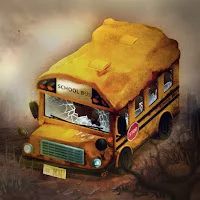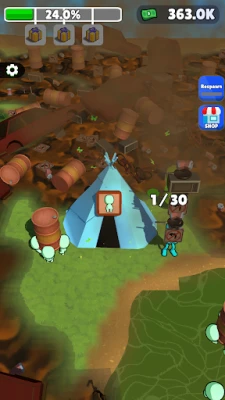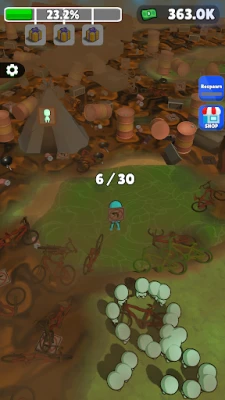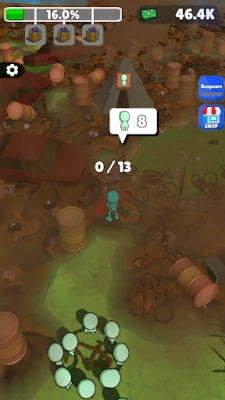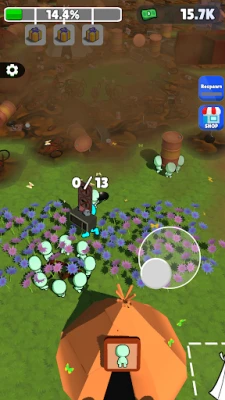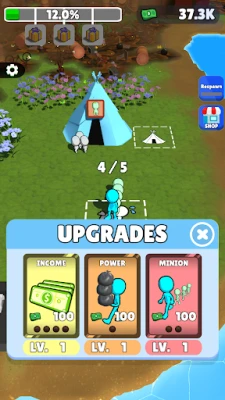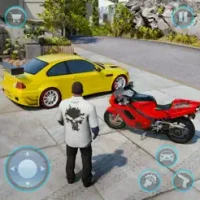
Latest Version
1.0.2
February 12, 2025
tatsumaki games
Games
Android
0
Free
games.tatsumaki.garbagecollectors
Report a Problem
More About Garbage Collectors
Reviving the Island: A Collaborative Effort to Restore Nature
Every small action counts when it comes to environmental conservation. While it may seem like a daunting task, transforming our surroundings into a cleaner, greener space is achievable, especially with the right support. In this article, we will explore how teamwork and community involvement can lead to significant improvements in our natural habitats.
The Importance of Community in Environmental Restoration
When it comes to cleaning up our environment, individual efforts often feel insufficient. However, by joining forces with others, we can amplify our impact. The dwarfs residing on the island symbolize the power of community. Their collective strength and determination can inspire us to take action and work together towards a common goal: restoring the island's natural beauty.
Understanding the Problem: Pollution and Its Effects
Pollution is a pressing issue that affects ecosystems worldwide. Litter, plastic waste, and other forms of debris not only tarnish the landscape but also pose serious threats to wildlife. The island, once a vibrant ecosystem, has suffered from neglect and pollution. By recognizing the extent of the problem, we can better appreciate the need for immediate action.
Taking Action: Organizing a Cleanup Initiative
To rejuvenate the island, organizing a cleanup initiative is essential. Here are some steps to consider:
- Gather Volunteers: Reach out to local community members, schools, and organizations to recruit volunteers. The more hands on deck, the quicker the cleanup will be.
- Set a Date: Choose a day that works for most participants. Consider weekends or holidays when people are more likely to be available.
- Provide Supplies: Ensure that volunteers have the necessary tools, such as gloves, trash bags, and recycling bins. This preparation will make the cleanup process more efficient.
- Educate Participants: Before the cleanup begins, educate volunteers about the types of waste they may encounter and the importance of proper disposal methods.
Creating a Green Future: Replanting and Restoration
Once the island is cleared of trash, the next step is to focus on replanting and restoring the natural habitat. Here are some strategies to consider:
- Native Plant Species: Introduce native plants that are well-suited to the island's ecosystem. These plants will thrive and support local wildlife.
- Community Gardens: Establish community gardens to promote biodiversity and provide fresh produce for residents. This initiative can also foster a sense of community and shared responsibility.
- Educational Workshops: Host workshops to educate the community about sustainable practices, such as composting and water conservation. Knowledge is a powerful tool for long-term change.
Engaging the Community: Building a Culture of Care
Restoring the island is not just a one-time event; it requires ongoing commitment and engagement from the community. Here are some ways to foster a culture of care:
- Regular Cleanup Events: Schedule regular cleanup days to maintain the island's cleanliness. Consistency is key to preventing future pollution.
- Incentivize Participation: Consider offering incentives for volunteers, such as recognition, rewards, or community service hours. This can motivate more people to get involved.
- Social Media Campaigns: Utilize social media to raise awareness about the importance of keeping the island clean. Share success stories and encourage others to join the cause.
Conclusion: A Collective Responsibility
Restoring the island to its former glory is a collective responsibility that requires the involvement of everyone. By working together, we can make a significant difference in our environment. The journey to a cleaner, greener island begins with small steps, and with the help of the community, we can achieve remarkable results. Let’s unite our efforts and make the island a thriving ecosystem once again!
Rate the App
User Reviews
Popular Apps









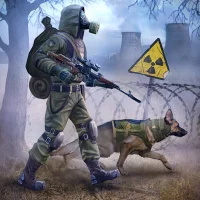
Editor's Choice




